
5 Restaurants Where You Can Enjoy the Famous Japanese Black Beef
Wagyu, literally meaning “Japanese beef,” is a variety of cow bred for meat that is based on the original Japanese cow cross bred with foreign species of cow. There are only four varieties of Wagyu, and the most popular of these is the Japanese Black. In this article, we are going to introduce five restaurants where you can enjoy the most famous five brands of Japanese Black Wagyu.
This post may contain affiliate links. If you buy through them, we may earn a commission at no additional cost to you.
1. Matsuzaka Maruryoshi (Mie)
The first dedicated Matsuzaka beef restaurant was opened in Kamata in Matsuzaka City, Mie Prefecture in 1961. Since its founding, Matsuzaka Maruyoshi has been offering high quality Matsuzaka beef at a reasonable price. Their recommended dish, the Matsuzaka Beef Steak (10,638JPY inc. tax) is so soft you can almost cut it with your chopsticks. The Kamata restaurant also includes a butchers where you can buy not only meat, but Matsuzaka beef shigure-ni (a dish of beef cooked with ginger, sugar and soy sauce), croquet and other dishes.
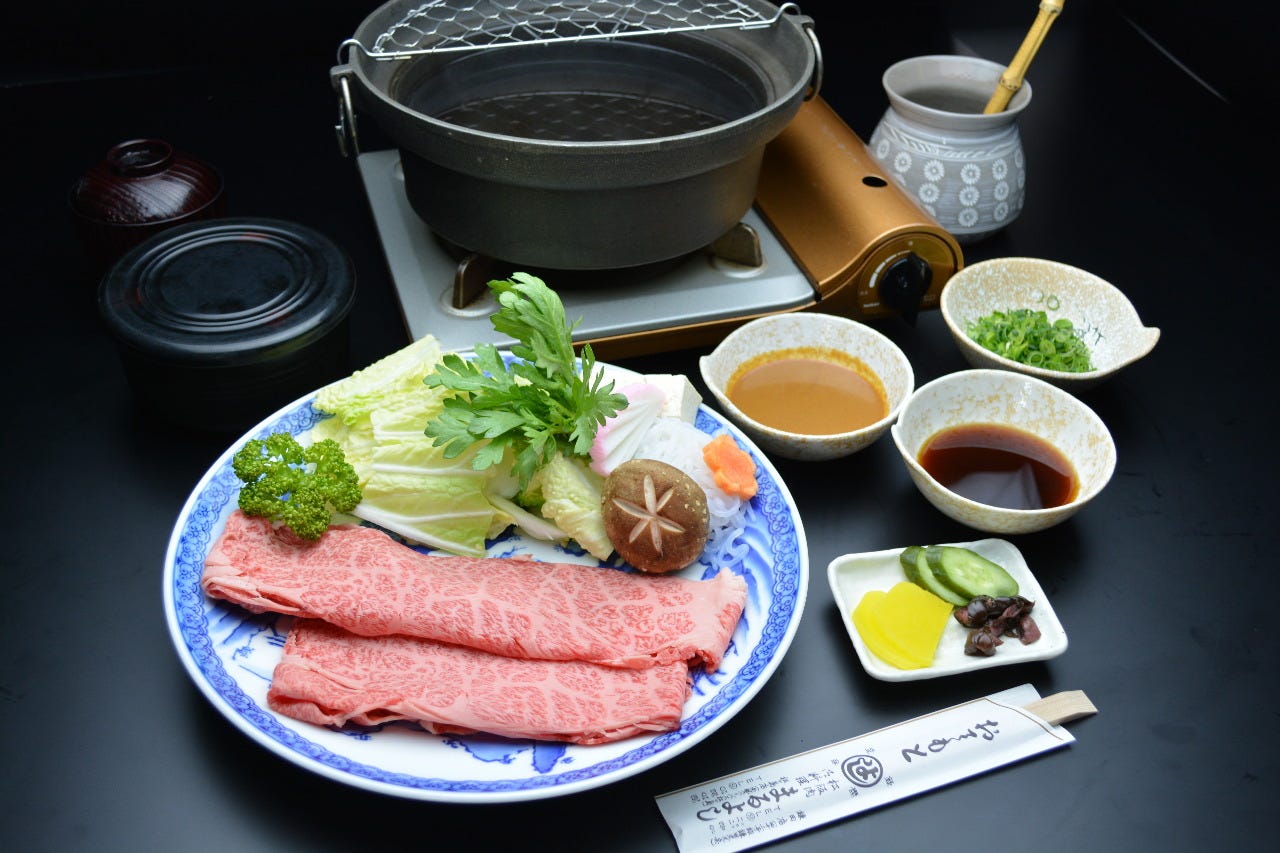
2. KOBE PRAISIR (Hyogo)
At KOBE PRAISIR, you can enjoy a wide variety of locally produced fresh ingredients, including Tajima beef and Kobe beef. The meat from these lovingly raised Tajima and Kobe cows is soft and the flavor is exquisite. The restaurant offers a number of courses which you are sure to enjoy, including a teppanyaki course (from 8,000JPY exc, tax and service) where the chef will grill the meat in front of you and a seiromushi course (from 6,000JPY exc. tax and service) where the meat is steamed with seasonal vegetables.
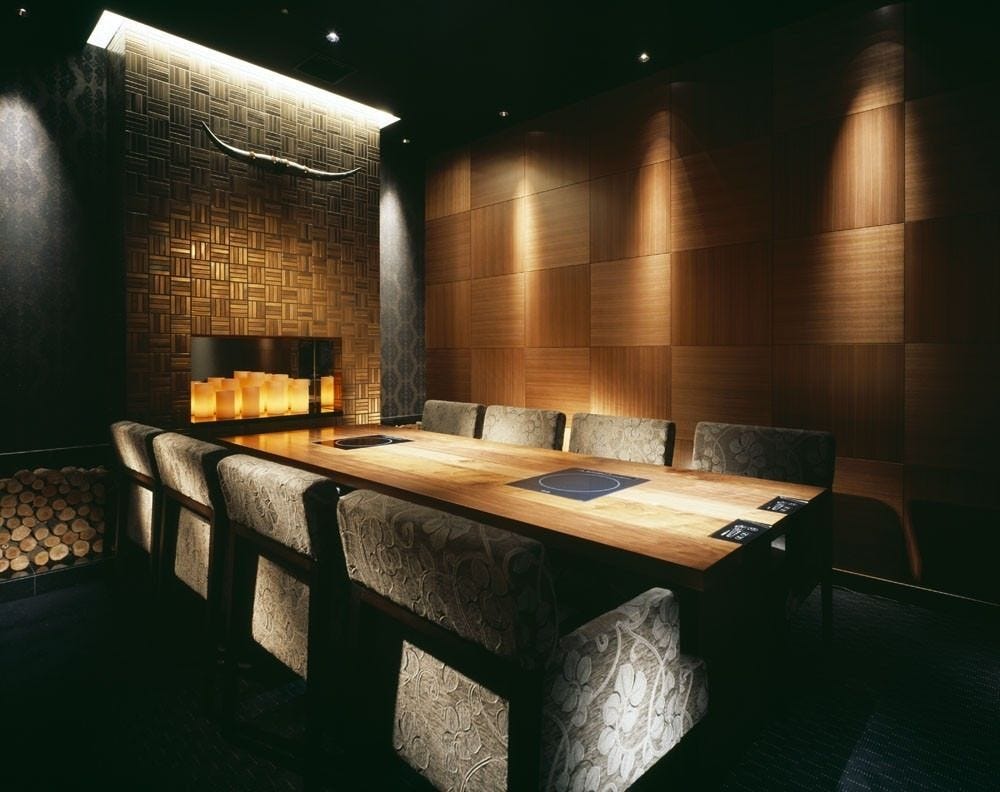
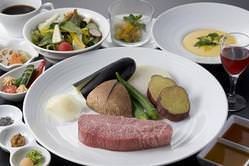
3. Yoshitei (Yamagata)
This restaurant offers carefully selected high quality Yonezawa beef and sankai ryori, a local Yonezawa dish based on traditional kaiseki cuisine. The building, built in 1919, was originally the residence of workers in the Yonezawa textiles industry, and has been designated as a national tangible cultural asset. The building is surrounded by a beautiful Japanese garden. The interior of the restaurant features old chairs and traditional seating that are reminiscent of the Taisho Era (1912-1926), and from here you can enjoy the delicious Yonezawa beef steak (from 6,000 JPY exc. tax) or shabu shabu (from 6,600 JPY exc. tax) while looking out over the meticulously kept Japanese garden.


4. Matsukiya (Shiga)
Founded in 1883, Ginza Matsukiya was popular as the originator of Omi Beef sukiyaki, and was also famous as the official purveyor to the Imperial family of Japan. In Ginza Matsukiya, there was a beef wholesaler which sold Omi beef. Originally a wholesaler for Shiga, after inheriting the Matsukiya brand, in 1926 he opened up a restaurant in Otsu in Shiga which became the Matsukiya we know today. On the first floor of the store is a shop at which you can buy carefully selected Omi beef, and the second and third floors are restaurants where you can enjoy the famous sukiyaki from 5,000JPY (exc. tax). The second floor also features a steak counter where you can order the steak course from 6,000JPY (exc. tax) which includes some select, high quality Omi beef grilled by the chef in front of you. You’re sure to enjoy the exquisitely grilled beef and the heartfelt service.
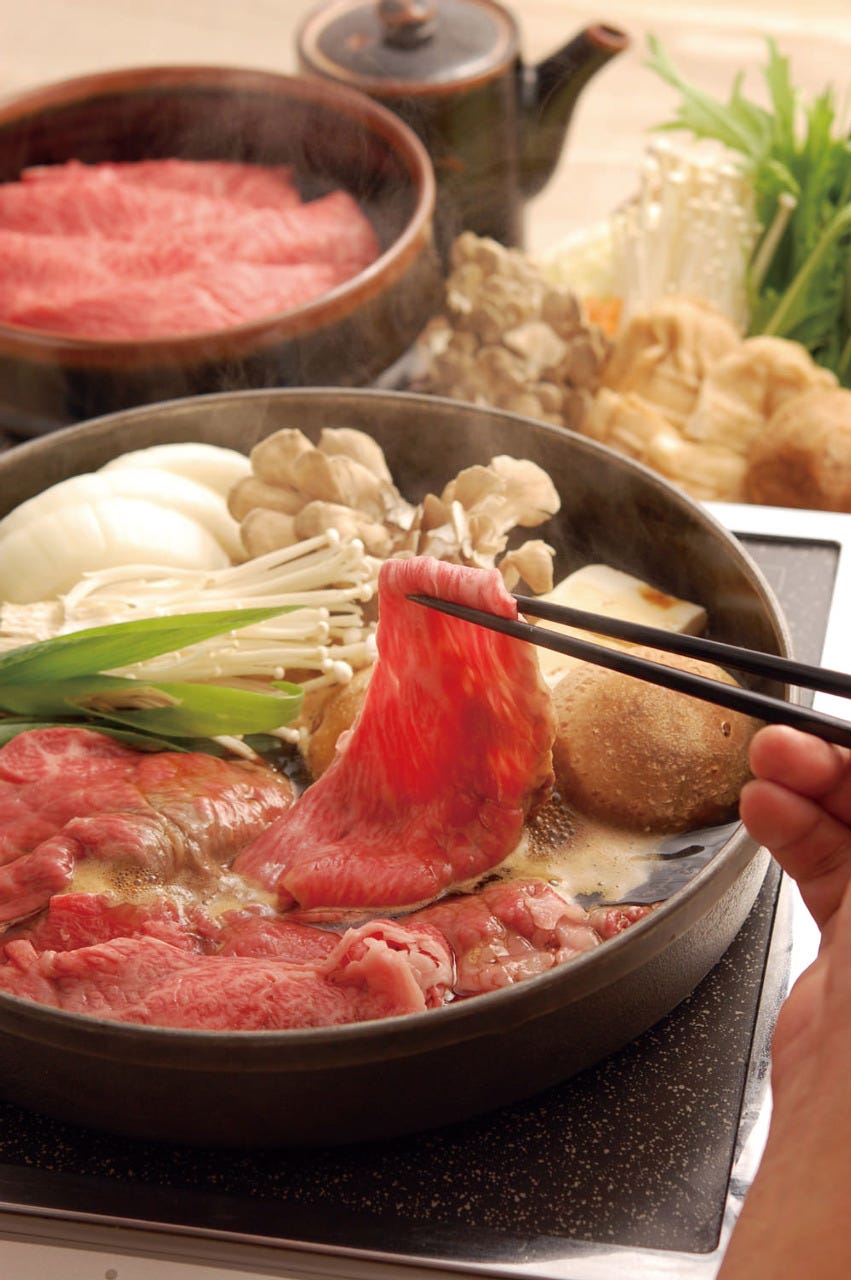
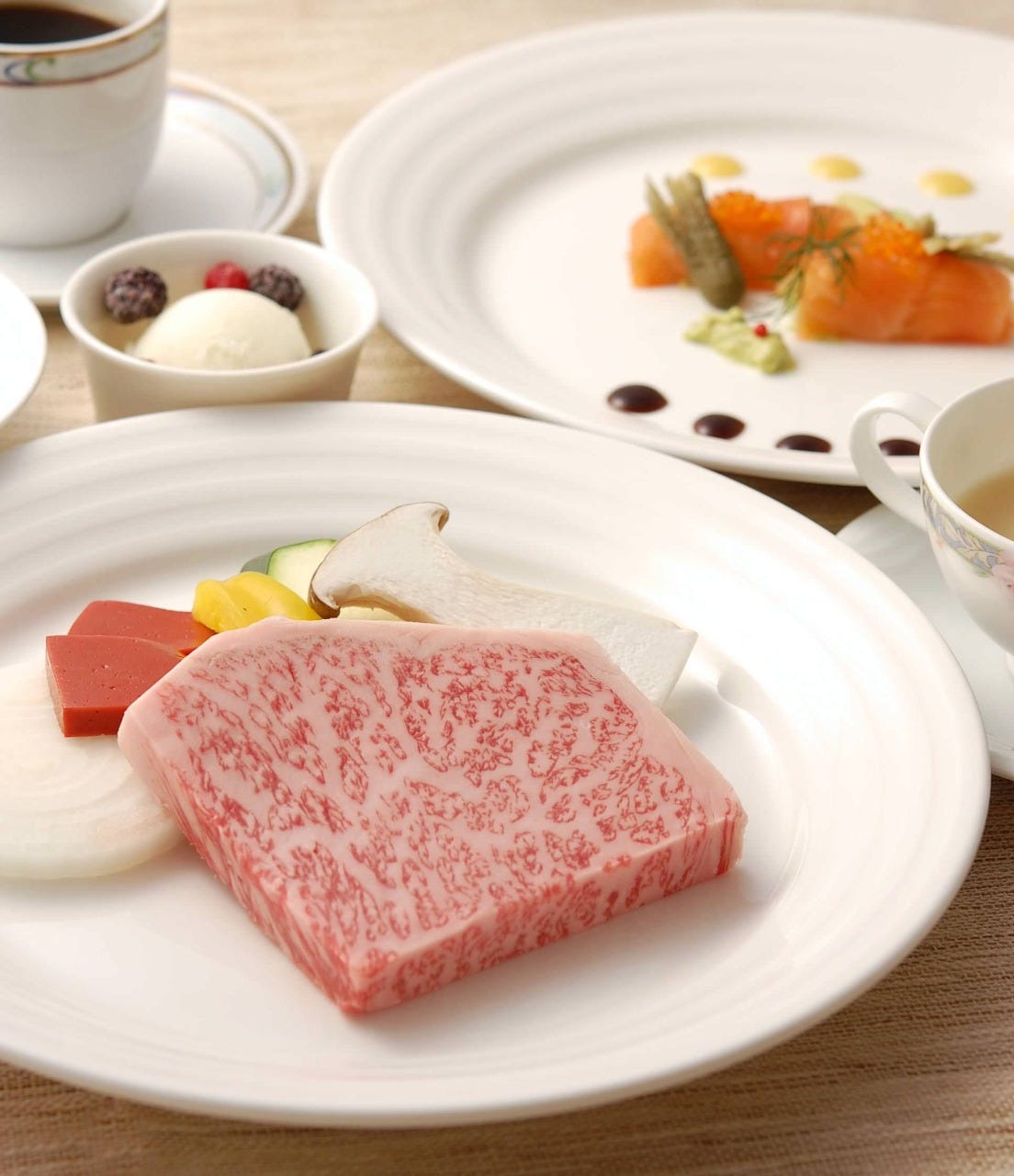
5. Tengu Sohonten (Gifu)
Tengu Sohonten has a great reputation for its focus on the quality and flavor of the Hida beef it serves, which has been carefully raised in the bountiful nature of Hidatakayama in Gifu. The building itself, established in 1927, has been designated as a tangible cultural asset. The mesh grilled steak (7,560JPY inc. tax) and shabu shabu (8,100JPY inc. tax) available at the surrounding restaurants are superb. You’re sure to be moved by the soft texture and delicious rich flavor of the Hida beef.


Japan isn’t just sushi, sashimi and tempura. Its beef dishes, with their melt-in-the-mouth texture and delicious flavor, are really something special. If you ever have the chance to visit Japan, we really recommend you try some!
The information in this article is accurate at the time of publication.



